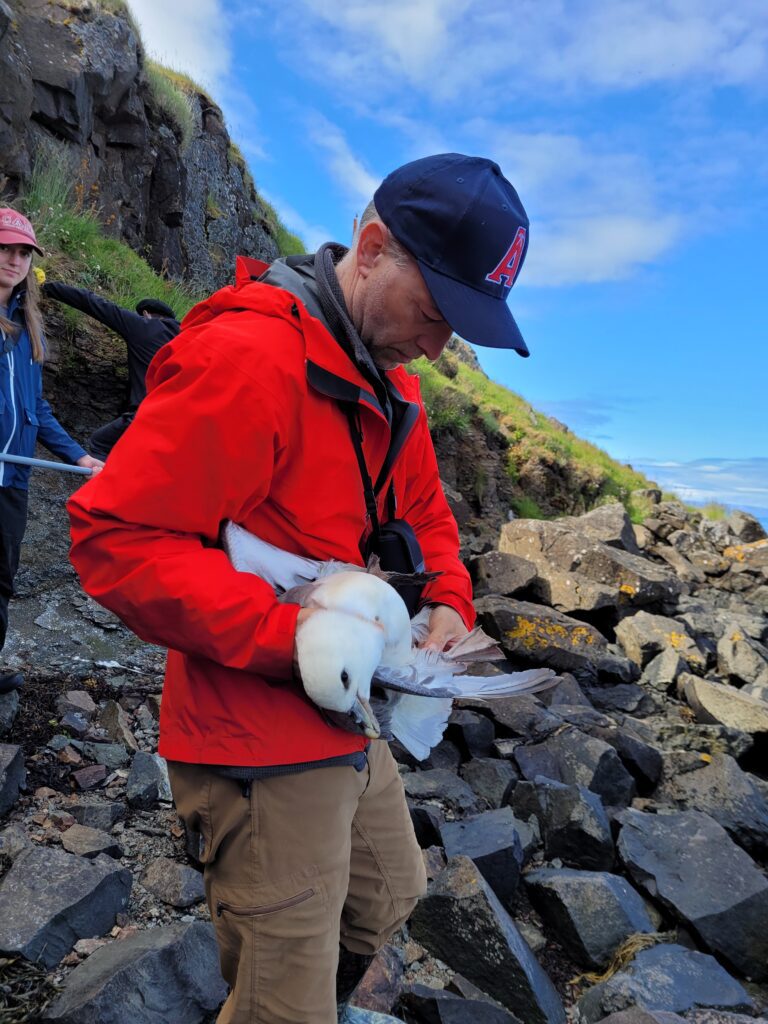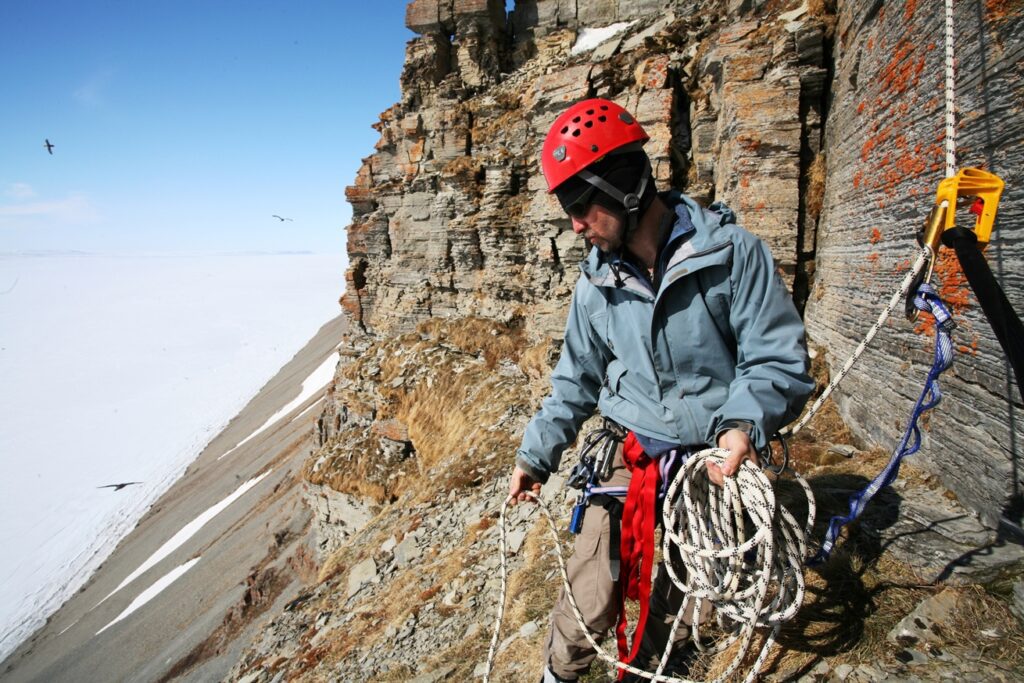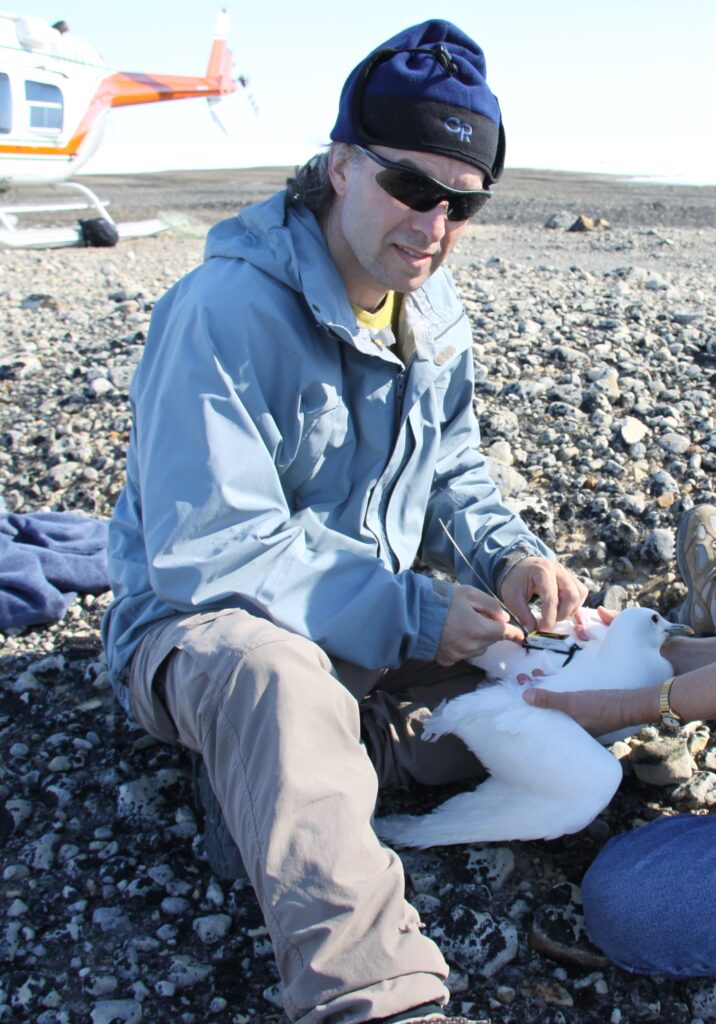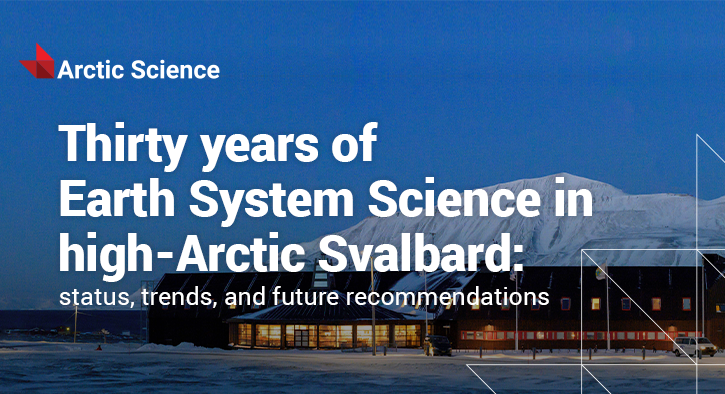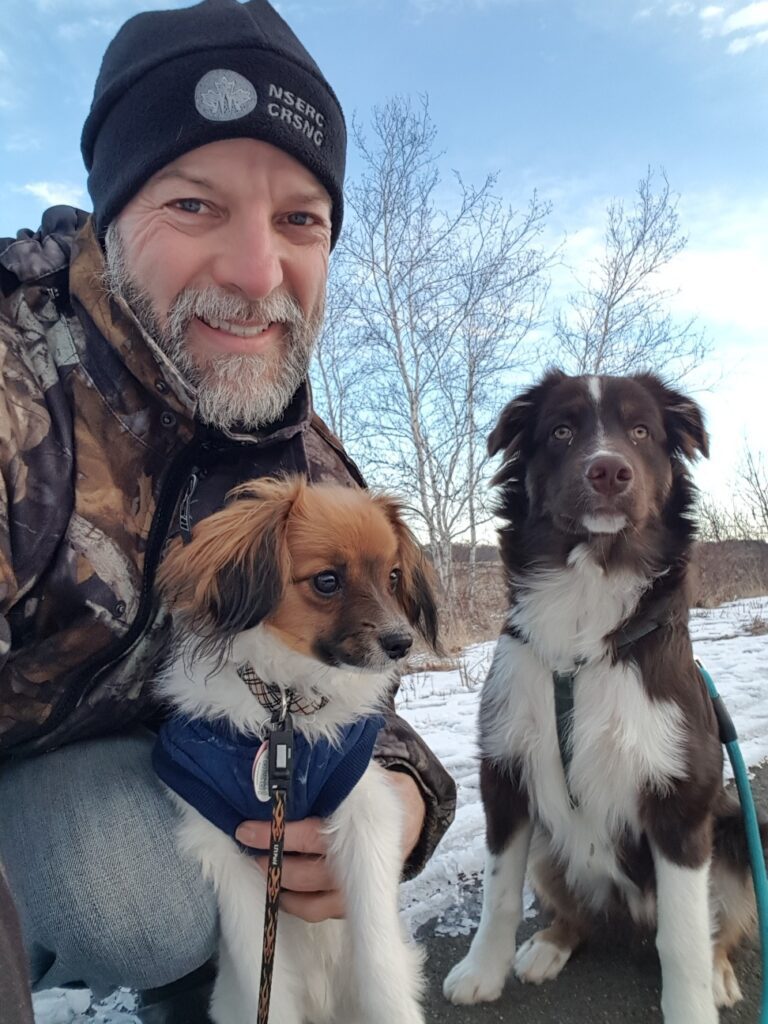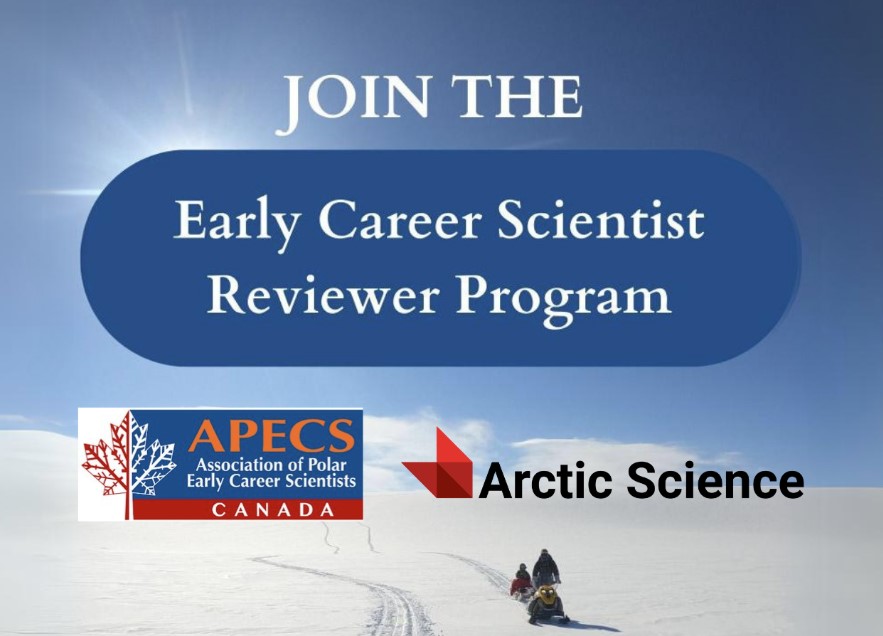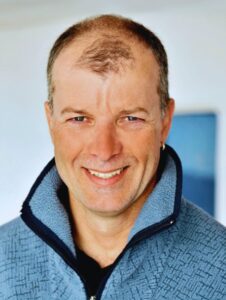 Canadian Science Publishing is delighted to introduce Dr. Mark Mallory as the new Co-Editor-in-Chief of Arctic Science. Dr. Mallory joins Co-Editor-in-Chief Dr. Lisa Loseto in this role, succeeding Dr. Melissa Lafrenière, who will continue to support the journal as Consulting Editor.
Canadian Science Publishing is delighted to introduce Dr. Mark Mallory as the new Co-Editor-in-Chief of Arctic Science. Dr. Mallory joins Co-Editor-in-Chief Dr. Lisa Loseto in this role, succeeding Dr. Melissa Lafrenière, who will continue to support the journal as Consulting Editor.
Dr. Mallory is a Professor and Canada Research Chair at Acadia University, Nova Scotia, studying how climate change, pollution, and human activity impact coastal environments and seabirds in the Canadian Maritimes and Arctic. He’s also an active conservationist whose work led to the creation of national wildlife areas and helped bump ivory gulls up to endangered status. With over 370 scientific papers, leadership in over twenty-five Arctic research expeditions, and a book under his wing, Dr. Mallory brings a wealth of experience and expertise to his new role.
Dr. Mallory describes himself as “an environmental scientist… with a soft spot for birds,” and his love for ornithology has been a driving force throughout his career. Beyond his scientific achievements, Dr. Mallory is a man of many passions. When he’s not in the field or behind a desk, you might find him belting out Bruce Springsteen tunes or telling tales of Arctic research that could rival those of classic folk legends like Gord Lightfoot.
In this interview, Dr. Mallory discusses his career path, research interests, and the importance of collaboration and community outreach in understanding and addressing environmental challenges. He offers advice to aspiring Arctic scientists and early-career researchers interested in studying seabirds and coastal ecosystems. He also regales us with stories of working in remote Arctic locations, painting us a picture of jagged cliffs, endless skies, and the cacophony of nesting seabirds.
Join us in welcoming Dr. Mark Mallory to his new role as Co-Editor-in-Chief of Arctic Science.


